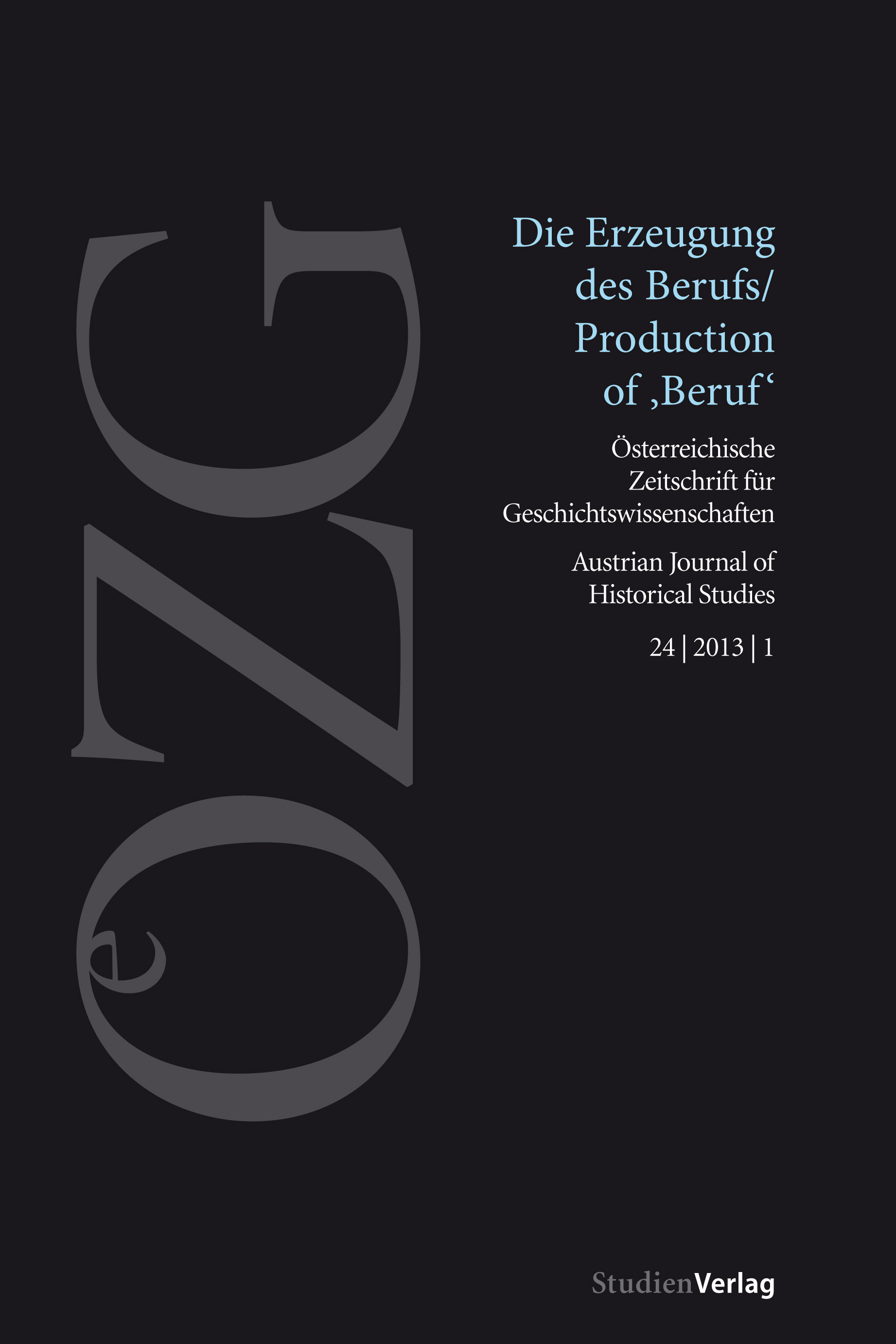Punctuated Equilibria
Three ‘Leaps’ in the Evolution of the German Vocational Training System
DOI:
https://doi.org/10.25365/oezg-2013-24-1-2Keywords:
Vocational training, industry, handicrafts, Kaiserreich, Weimar, NazismAbstract
Germany’s vocational training system evolved into its modern form in the four decades between 1897 and 1937. This evolution did not occur smoothly, but in three bursts of activity, each under a different political regime. After the 1897 Handwerk Law established a partial model for overcoming incentives problems associated with training skilled workers, between 1907 and 1912 the German state organized a ‘coalition of the willing’ among German engineering and machine-tool firms in order to extend the same model to parts of industry. In the mid-1920s, the major Ger- man industrial groups took the initiative to standardize vocational profiles and training schemes. Finally, in the mid-1930s German industry and key national ministries cooperated to give standardized certifications for industrial vocations legal standing on par with those in handicrafts. As a result, hundreds of thousands of young Germans began entering apprenticeships for skilled work.


